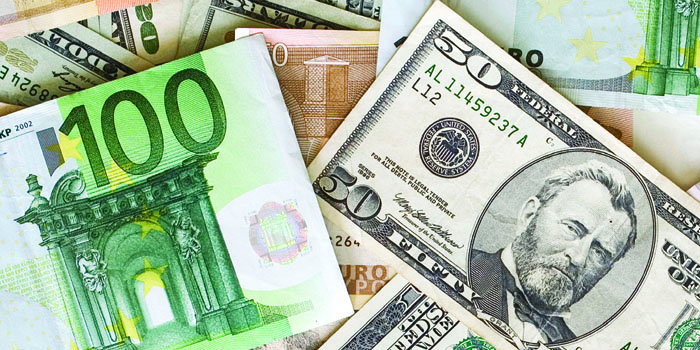It wasn’t that long ago that the Euro exchange rate was above 1.35. This made purchasing quality wines that represent true value from countries like Italy, France and Spain much more challenging. That’s all changed now that the euro has stabilized about 30% lower, between 1.09 and 1.12.
I can’t tell you how many enterprising retailers have told me about their purchasing mistakes when bringing in an import container to expand their margins, only to find it necessary to discount those wines near cost down the road in desperation.
The good news is that smart retailers can now get some prestigious labels at very attractive pricing and don’t have to settle for obscure wines to simply hit a price point. For those retailers that rely strictly on wholesalers or importers for their quality European wines, I think it is fair to expect more attractive deals and promotions with the more preferential exchange rate.
And for retailers that have the economies of scale to Direct Import (“DI”), they should carefully evaluate their team’s strategy for purchasing Euros and demand an extreme quality-to-price ratio for new wines meant to drive sales and increase margins. If you have a smart and savvy wine buyer, this environment is particularly attractive to DI wines to create consumer excitement and build your all-important margins.
Think about how many retailers around the country are heavily stocked with pricey imports from the days when the Euro was higher, as opposed to retailers that have brought in their DI container more recently.
In the age when the Euro was over 1.30, it was hard to deliver extreme value and the retailer had to settle for lesser-known varietals from obscure growing regions to have a shot at a high margin wine. Now you can have it both ways, as you can afford to stack out more popular varietals from well-known growing regions that can drive robust depletions.
While it’s fun to offer more eclectic varietals with diverse taste profiles, if you’re stacking out wine, bring in well-known varietals that capture the interest of a broad range of your customers.
It’s also smart to use some of your best floor space as a trade-up opportunity for imports, because as the American economy strengthens, consumers experiment to the next price point when they perceive extreme value. It’s certainly crucial to hit a price point, but a slightly more expensive wine with a wonderful taste profile, good pedigree and killer savings will excite your customers and make them feel more comfortable paying a little bit more.
While the Euro is much more attractive at current exchange rates, stay a little nimble because if the Euro ever trades at par with the U.S. dollar, the new opportunities could become even more compelling.
Many factors influence whether the Euro gains strength on the U.S. dollar, especially the relative strength of each economy and the outlook on interest rates. Other important factors include political instability and the financial situation in the European Union nations.
With the strong economy in America and many question marks in Europe, many foreign currency traders believe the American dollar will continue to strengthen. But the analysts are not always correct — just remember currency fluctuations can go in either of two directions.
Jonathan Newman is widely recognized as a leader in the wine industry. As chairman of the Pennsylvania Liquor Control Board, he was the nation’s largest wine buyer and brought a number of popular innovations to bear, including the Chairman’s Selection program and opening of local stores for Sunday sales. Jonathan has received significant industry accolades during his career. Follow him on Twitter at @NewmanWine and visit his website: www.newmanwine.com.




